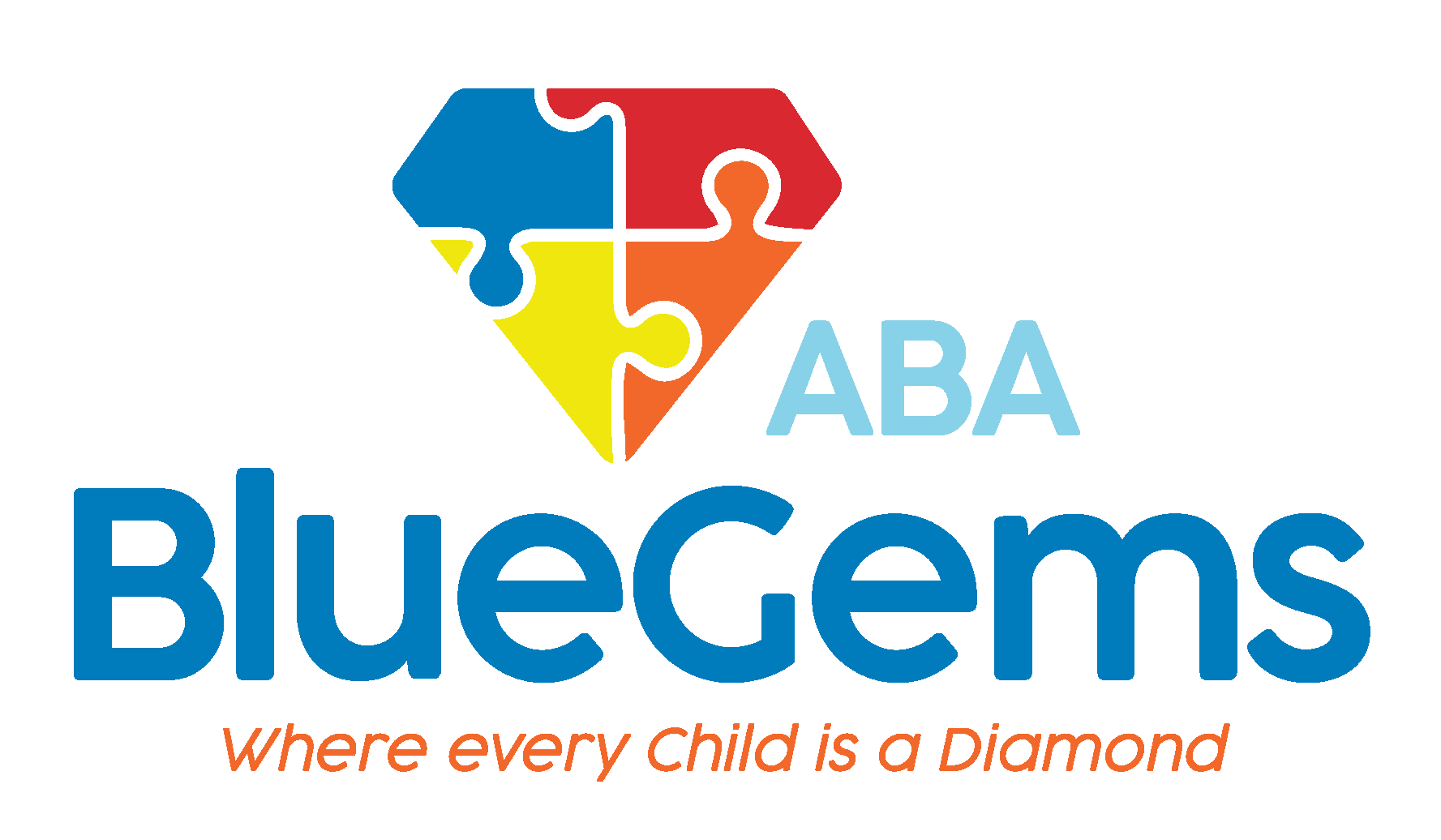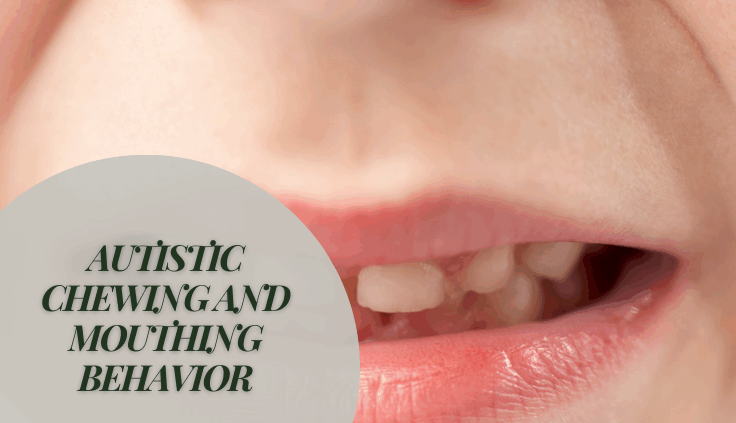Autistic Chewing and Mouthing Behavior
Most children will display mouthing behaviors when they are younger, with some of these behaviors actually contributing toward their growth, development and early learning. Many toys are, in fact, designed to provide young children with sensory input in this way, even before they start teething.
There comes a time in a child’s development, though, when it’s no longer appropriate — or safe in some cases — to put non-food objects in the mouth. Some children may continue to exhibit chewing and mouthing behaviors past this time, due to a variety of factors.
Children who have autism spectrum disorder (ASD) may commonly exhibit these behaviors, in large part because of sensory sensitivities that they experience. Applied behavior analysis (ABA therapy) can help children with autism reduce chewing and mouthing behaviors, and then manage them effectively over time.
Here are some ways in which that’s done.
Table Of Contents
Why Do Children Exhibit Mouthing Behaviors and Why Are They Bad?
Children with autism may exhibit chewing and mouthing behaviors for a variety of reasons. They may still do it to explore the world around them, or it may be in response to a sensory need they have.
Many times, children with ASD will exhibit these behaviors in a self-stimulatory way. In other words, the behaviors help them soothe themselves when they’re feeling overwhelmed, stressed or anxious.

That certainly isn’t a bad thing, though they are other more appropriate stimming behaviors. Mouthing can have negative impacts on children, including concerns with hygiene and safety.
Non-food items shouldn’t be put in the mouth if they weren’t designed that way, because they can be a choking hazard or result in the child ingesting a harmful substance. It can also eventually lead to dental issues and other health concerns.
How Can ABA Therapy Help Reduce Chewing or Mouthing Behaviors?
ABA therapy can integrate various strategies to help children with autism reduce chewing and mouthing behaviors. Which strategies are chosen will, of course, depend on the specific challenges and preferences the child is displaying.
Before specific interventions can be designed, the ABA therapy team will need to identify the underlying reasons causing the child to exhibit chewing and mouthing behaviors, so that a targeted plan can be put in place.
Here are some that are commonly used.
Safe Alternatives
Finding a replacement behavior for the chewing is often very effective. If the child is feeling stressed, anxious or overwhelmed, it’s important to give them the tools to be able to self-regulate themselves.
Having the need is not the problem; it’s the way in which the child is displaying behaviors that can be unsafe.
There are safe chewable toys and tools that the child can be given to help them self-regulate. These are designed specifically to be chewed, even for older children who have teeth.
The toys give the child the proprioceptive stimulation that they desire to help them self-regulate.
Sensory Diet
It’s possible that a child’s chewing and mouthing behaviors could be reduced by creating a sensory diet for them. This will be a plan that will weigh how much proprioceptive input the child might need in a day, providing it to them through their diet so they don’t feel like they have to chew other things.
This can be paired with other proprioceptive activities that can be planned throughout the day to give them joint compression and deep pressure they desire. It could include pulling, pushing or lifting relatively heavy objects in different resistance exercises and with therapy balls.
Other Sensory Stimulation
It also might help to provide the child with sensory activities that stimulate oral activities. By providing sensory feedback this way and keeping their mouth “busy” throughout the day in other ways, they could reduce inappropriate chewing and mouthing behaviors.
Fun activities such as blowing a whistle or bubbles can stimulate the oral senses. Having children drink with a straw can also give appropriate sensory feedback and also teach them a useful skill.
Gum massages also may help, as they apply pressure to the child’s gums with either a brush with soft bristles or even clean fingers. This can give the child the oral input that they need in more appropriate ways, which could lead to a reduction in the potentially harmful behaviors.
| Category | Details |
|---|---|
| Why Mouthing Happens |
|
| Potential Risks |
|
| ABA Strategies | Safe Alternatives: Chewable jewelry, sensory chew tools
Sensory Diet: Chewy/crunchy foods, resistance activities, therapy ball exercises Other Stimulation: Blowing bubbles, drinking with straws, gum massages |
| Outcome with ABA |
|
Blue Gems ABA Helps Children with ASD Reduce Problem Behaviors
Chewing and mouthing behaviors aren’t uncommon in children, though at some point, they can become dangerous and harmful. Children with ASD may need extra support finding replacements for these behaviors, as they typically experience additional sensory challenges compared to their neurotypical peers.
At Blue Gems ABA, we help children with autism reduce problem behaviors by creating targeted intervention programs. Through ABA therapy, we help children learn replacement behaviors and get the sensory input they need to self-regulate themselves, which can lead to a reduction in chewing and mouthing behaviors over time.
To learn more, please contact us today.



